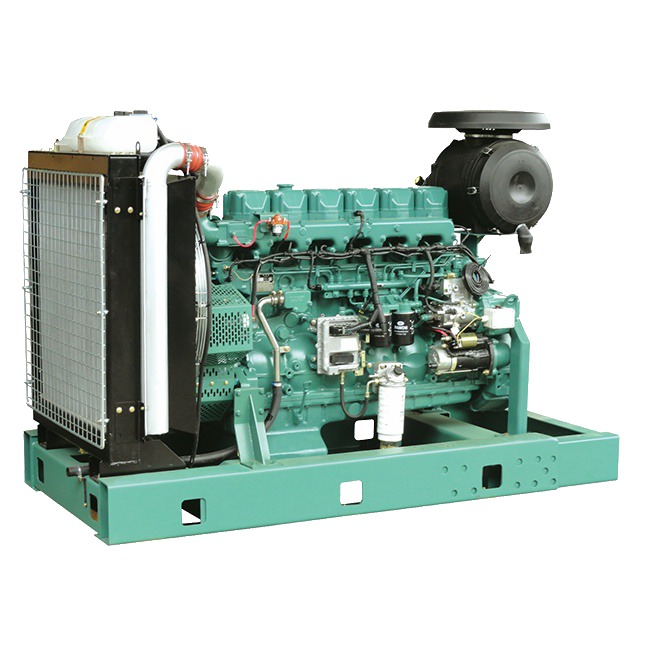
Engine rebuilding is a complex task, so you need to avoid mistakes when going through the engine rebuild process. To make your life easier, we'd like to share a list of 9 rookie mistakes you may make when building your engine. Make sure you don't make any of these mistakes to avoid getting into trouble.
Failing to take proper crankshaft measurements
This is probably the most common mistake we encounter. On Kohler K-Series engines, your cylinders may be out of spec by as little as .003 inches and your crankshaft may be out of spec by as much as .0005 inches. Many customers have decided that a standard size assembly is what they want based on the smoothness of the cylinder bore and crankshaft. On the other hand, your eye cannot tell the difference between a cylinder with a .004" taper or a crank journal with a .0005" (thousandths of an inch) out-of-roundness. An out-of-spec engine may not show any visible signs of wear or damage.
If you want your rebuild to last as long as possible, use a micrometer to measure the bore and crankshaft.
9 Engine Build Mistakes and How to Avoid Them
Not using the right micrometer
Calipers are helpful for a variety of tasks, but not for measuring engine components. If you move your wrist while counting, your measurement will be cancelled. A micrometer is preferred because it is easier to keep perpendicular to the component being measured and will not move until the thimble is turned. Using a micrometer requires experience, so be careful to use the accepted "standard" method of fine tuning your approach.
Ignore valve seats that should be repaired
If the valve seat surface is damaged, use a valve seat cutter to repair it. Many people think that using a valve lapping compound will solve the problem. However, valve abrasives do not remove enough material to repair a damaged valve seat. If you are unable to use a valve seat cutter, your local automotive machine shop may be able to help you. If you have more than one tractor, you may wish to invest in valve seat cutting equipment.
Failure to check end play
New piston rings usually require some final adjustment. If you do not carefully check the end gap of the rings after heating them up, the piston may become stuck in the cylinder. Before installing the rings on the piston, be sure to drive the rings into the cylinder by themselves and measure the end gap with a plug gauge. If necessary, use a file to widen the opening.
Failure to check the flat head
The more power your combustion chamber produces, the better the seal will be. Even if your engine has never blown a head gasket, you should use a plug gauge and flat surface to check the flatness of the cylinder head. A glass bench top or granite top can be used for a flat surface. If you can fit a 003" stopper between any bolt holes, the cylinder head should be flattened. You can do this hundreds of times by sanding the flat surface with medium to fine sandpaper, adding water and running the cylinder head back and forth. It's easier and faster than it looks!
There are not enough connecting rod bearings.
Not checking bearing clearance is obvious and a relatively common occurrence. The builder may assume that the crank check meets standard specifications - if it has been tested - and that clearance is OK. The worst thing you can do to a race engine is over-tighten the bearings, especially on the rods, and especially on higher rpm engines. As you spin them up, the rods can stretch slightly, pinching the bearings or not getting enough oil to keep them cool enough, causing them to fail.
Wet bearing installation
We see this all the time, but without the need to use engine oil or assembly lubricant on the back of the bearing, we're not sure why some manufacturers do it. In saddles and connecting rods, you need excellent bearing resistance and security. Bearing saddles should always have a lovely cross-hatch pattern and be completely dry to ensure bearing stability. Thoroughly lubricate bearing and journal surfaces when installing crank and piston/connecting rod assemblies.
Failure to use the correct type of sealant
Use a good quality commercial grade Teflon sealant or Permatex's "The Right Stuff" on the threads when inserting rocker studs or bolts terminated in water jackets. Don't overdo it. Some Teflon sealants fail to seal rocker stud or bolt threads, allowing coolant to enter the engine oil.
Use Worn Fasteners
For example, connecting rod, cylinder head, and main cover bolts should never be reused in an engine. When a fastener is screwed to the desired specification, it stretches and no longer provides sufficient clamping pressure when reused. If durability of your engine is important to you, replace all hardware with aircraft grade ARP fasteners, manufactured to the highest standards. Always replace the rod nuts when dressing the connecting rods during a rebuild. Do not reuse old bolts. Bolts for cylinder heads and main caps are available from Ford and Summit Racing Equipment. Always use thread lubricant and chase the threads to make them smooth.
Failure to use the correct valve seals
When it comes to valve seals, engine manufacturers have a variety of options. Since the dawn of the internal combustion engine, automakers have used good old neoprene umbrella seals. Umbrella seals are no longer used and should not be used. Seals made from Teflon have long been a popular choice for racers. Blue Viton valve seals are the best, and they require the same machine labor as Teflon seals. While it is still popular, Teflon does not last as long as Viton when used on the street.
